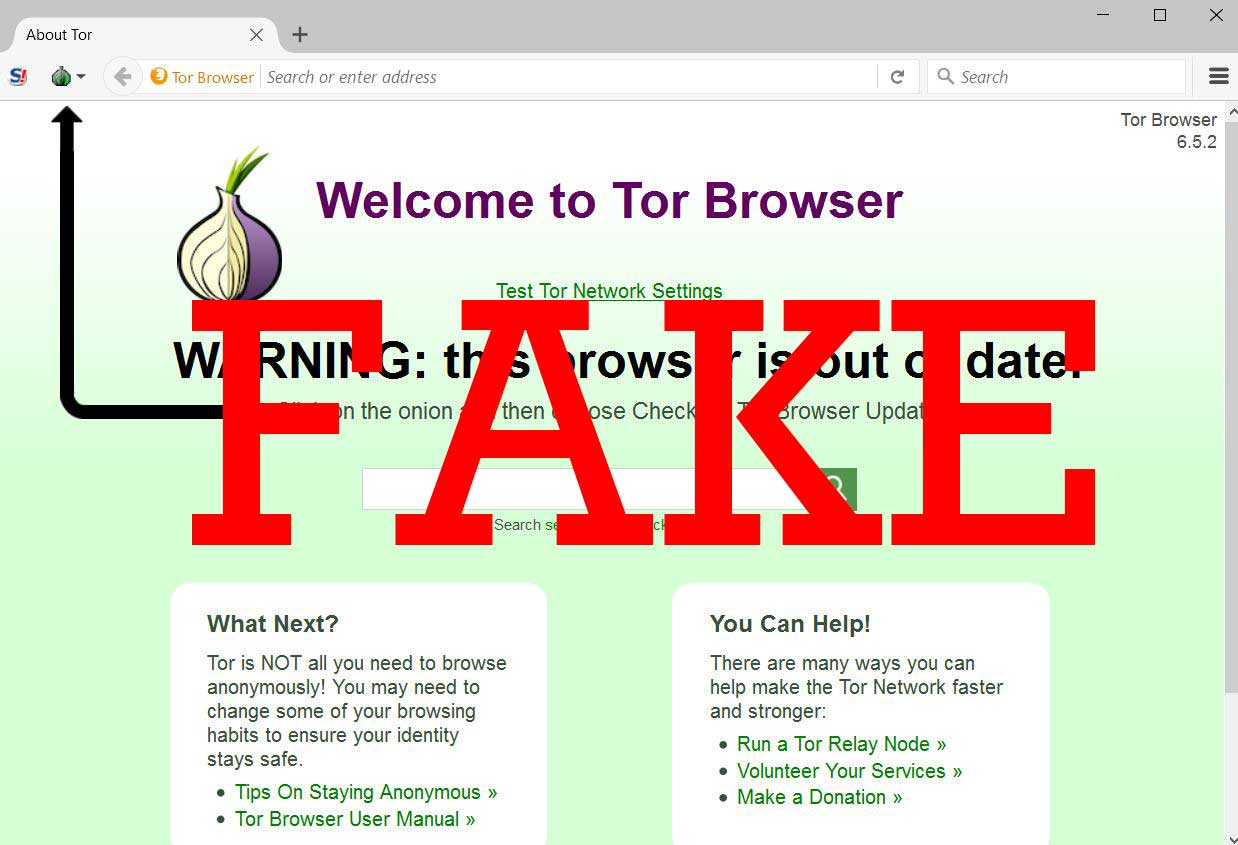

This canīe achieved simply by whitelisting outgoing connections on a bridge’s

Solution is to restrict usage of a PT bridge for one specific app. This means we need to refine our SOCKS5 based approach a bit. Should give you an idea of what’s really going on when we start a PTįor many organizations it is not an option to run open proxies on the Internetīecause the bandwidth bills would be too large, or the security risks too high. Starting a PT connection involves several layers of proxying. Quasi-standardized formatting of these parameters. Parameters are often referred to as a “bridge line”, which also implies a These are requiredįor establishing connections to that bridge. Using SOCKS5 for multiplexing several connections over a single PT connection.Ī nice benefit to this approach is that client side integration looks similarĮvery PT bridge generates an individual set of parameters. On the other hand, consist of multiple services and third party APIs. Illustrating a minimal setup for sending a HTTP-request through a OBFS4Ĭonceptually, a PT establishes point to point connections between a PT clientĪnd a PT server. Since we could not find any easilyĪccessible sample code, we created a minimal demo project, Guardian Project publishedĪ library called AndroidPluggableTransports for giving Androidĭevelopers access easy access to PT. PT implementation widely deployed by Tor. We looked into how this can be put to work in Android Apps.īased on well known open source projects.Īll our prototypes rely on obfs4 which is a stable To establishing reliable connections in DPI-filtered network scenarios.Ī variety of techniques are supported, all available by implementing just one Pluggable Transports (PT) give software developers the means


 0 kommentar(er)
0 kommentar(er)
